Mount Norikura: Trek to Japan's Sacred Summit for a Miraculous Alpine Sunrise
6/26/2025
13views
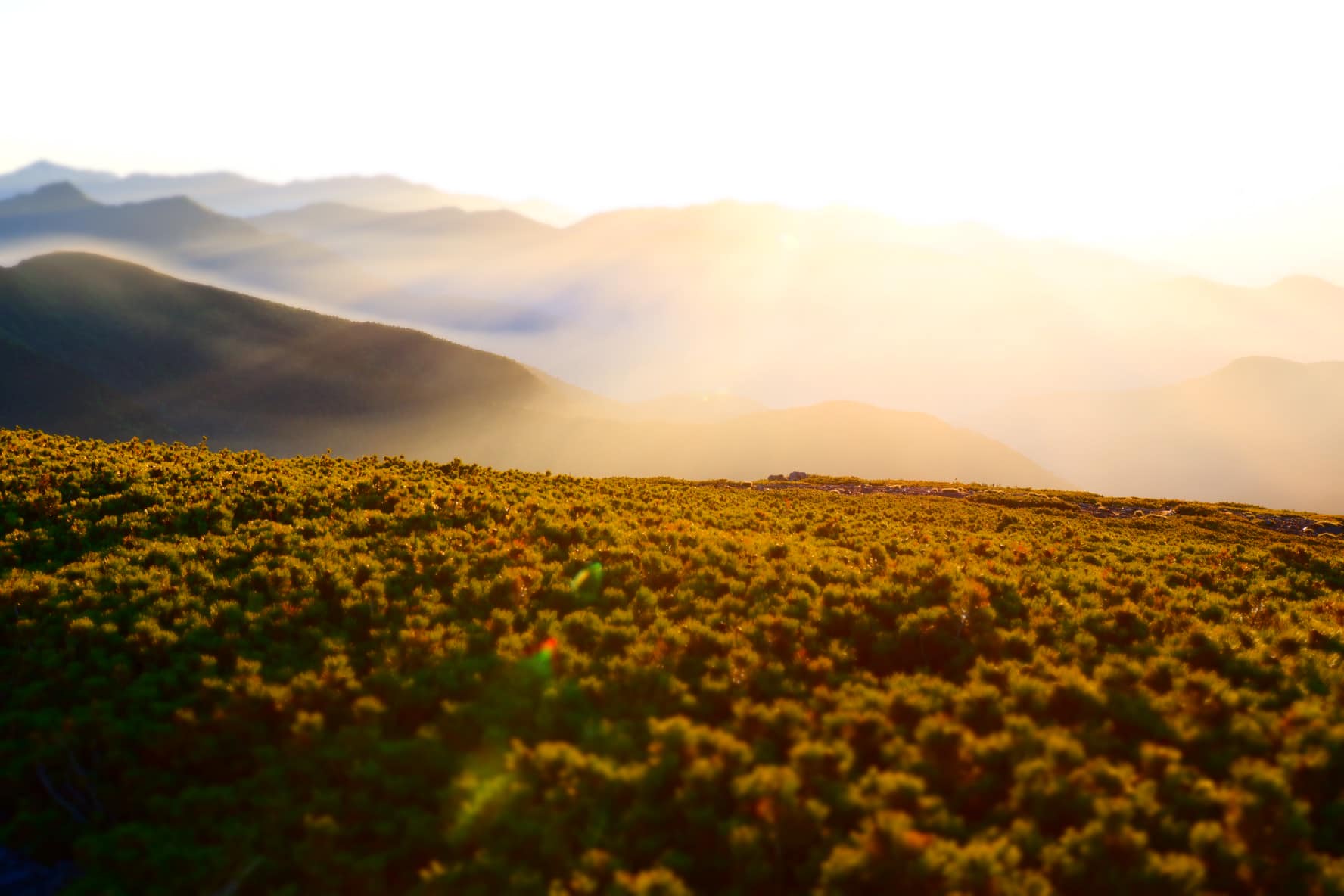
Imagine standing atop a majestic Japanese mountain, the world asleep beneath a blanket of stars. As the first hint of dawn paints the eastern sky, a breathtaking panorama unfolds: a vast sea of clouds stretching to the horizon, kissed by the rising sun. This isn't just a dream; it's the "Goraiko" (sunrise) experience on Mount Norikura, one of Japan's 100 Famous Mountains.
Mount Norikura, standing at 3,026 meters, is uniquely accessible among Japan's 3,000-meter peaks, thanks to a well-regulated bus system that takes you close to the summit.This makes it an ideal destination for those seeking a high-altitude adventure without extensive climbing experience. The sunrise from its summit is often described as a "must-see" spectacle , and the night sky, far from city lights, is equally mesmerizing.
As a seasoned traveler and guide, I've witnessed countless sunrises, but the one from Mount Norikura truly felt like a "miracle dawn." The way the world awakens from the deep blue of night to the vibrant hues of morning, all from a vantage point above the clouds, is an experience that touches the soul.In this article, I'll share the unparalleled charm of Mount Norikura's sunrise hike, detail a typical itinerary, and explain why having a knowledgeable guide like myself is indispensable for foreign visitors to safely and deeply experience this celestial spectacle.
Contents
- 01.|The Unparalleled Charm of Mount Norikura's Sunrise Hike: A Celestial Panorama and Sacred Dawn
- 02.|Mount Norikura Sunrise Hike 2-Day 1-Night Detailed Itinerary: Highlights of the Journey and Experience
- 03.|Why a "Guide" is Indispensable for Foreign Travelers: Safely and Deeply Experiencing the Sky's Dawn
- 04.|Tips for Visiting and Important Notes
- 05.|Conclusion
The Unparalleled Charm of Mount Norikura's Sunrise Hike: A Celestial Panorama and Sacred Dawn
The Awe-Inspiring "Goraiko" (Sunrise)
The moment the sun peeks over the horizon from Mount Norikura is nothing short of divine. Below you, a vast sea of clouds stretches endlessly, illuminated by the first golden rays. As the sun ascends, the surrounding peaks of the Northern Alps, including the iconic Mount Yarigatake and Mount Hotaka, are bathed in a warm, golden glow, creating a 360-degree panorama that will leave you speechless. This sacred moment resonates deeply with Japan's ancient mountain worship traditions, where mountains are revered as dwelling places of deities.
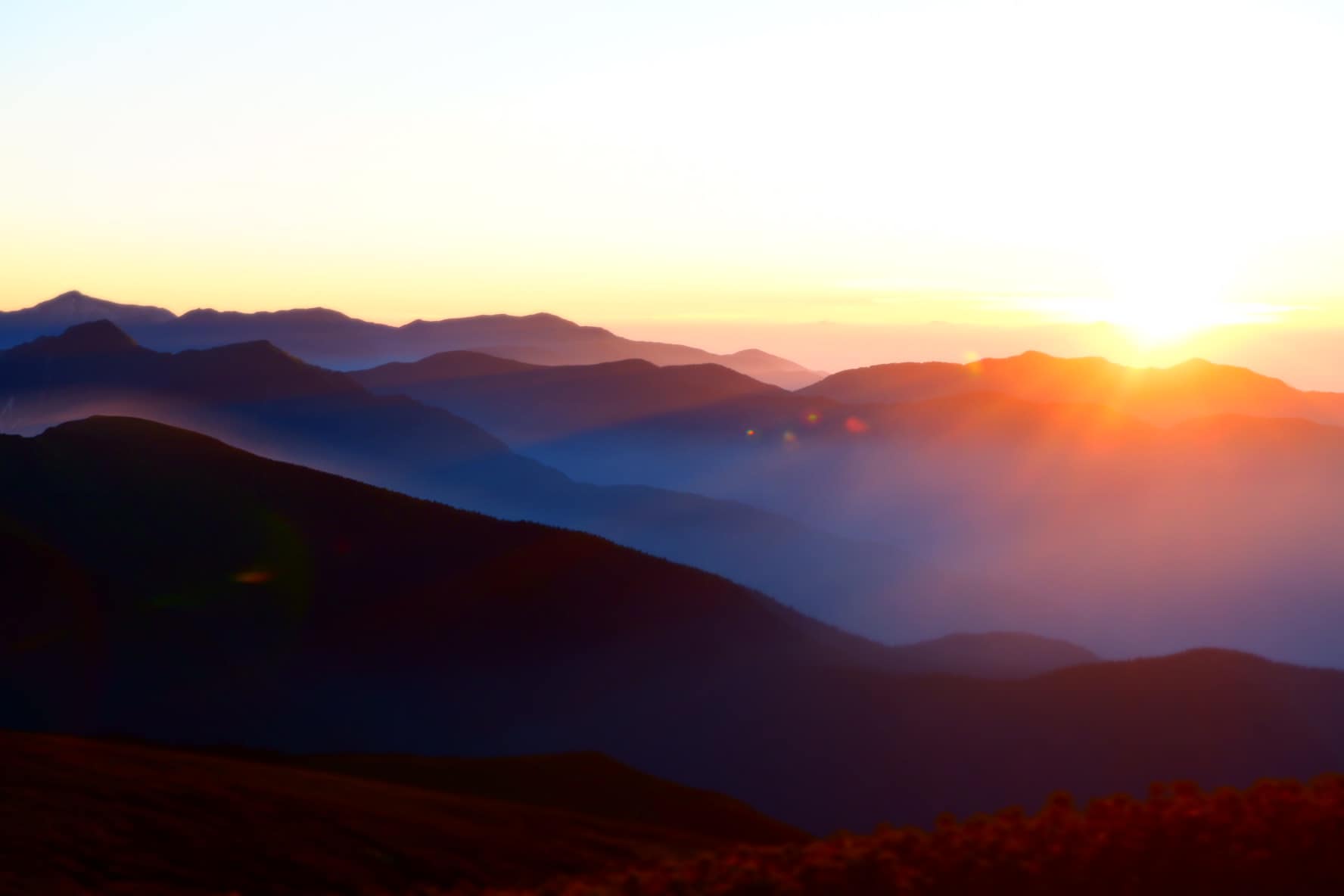
A Sky Full of Stars
Before the sunrise, the night sky above Mount Norikura offers its own spectacular show. Far from urban light pollution, the sheer number of stars is overwhelming, and the Milky Way often stretches vividly across the heavens. This unique opportunity to feel connected to the cosmos is a highlight of night hiking at high altitudes.
Easy Access to a 3,000-Meter Peak
Mount Norikura is renowned as "Japan's most accessible 3,000-meter peak". Buses transport visitors directly to Tatamidaira (2,700m), significantly reducing the climbing effort and time required to reach high altitudes.This accessibility also helps mitigate the risk of altitude sickness, as you can acclimatize more gradually or spend less time at extreme heights.
A Treasure Trove of Alpine Flora
Despite the rugged, rocky terrain, Mount Norikura is home to a rich variety of alpine plants that bravely root themselves and bloom.In summer, these resilient flowers add vibrant splashes of color to the landscape, especially as they catch the morning light.
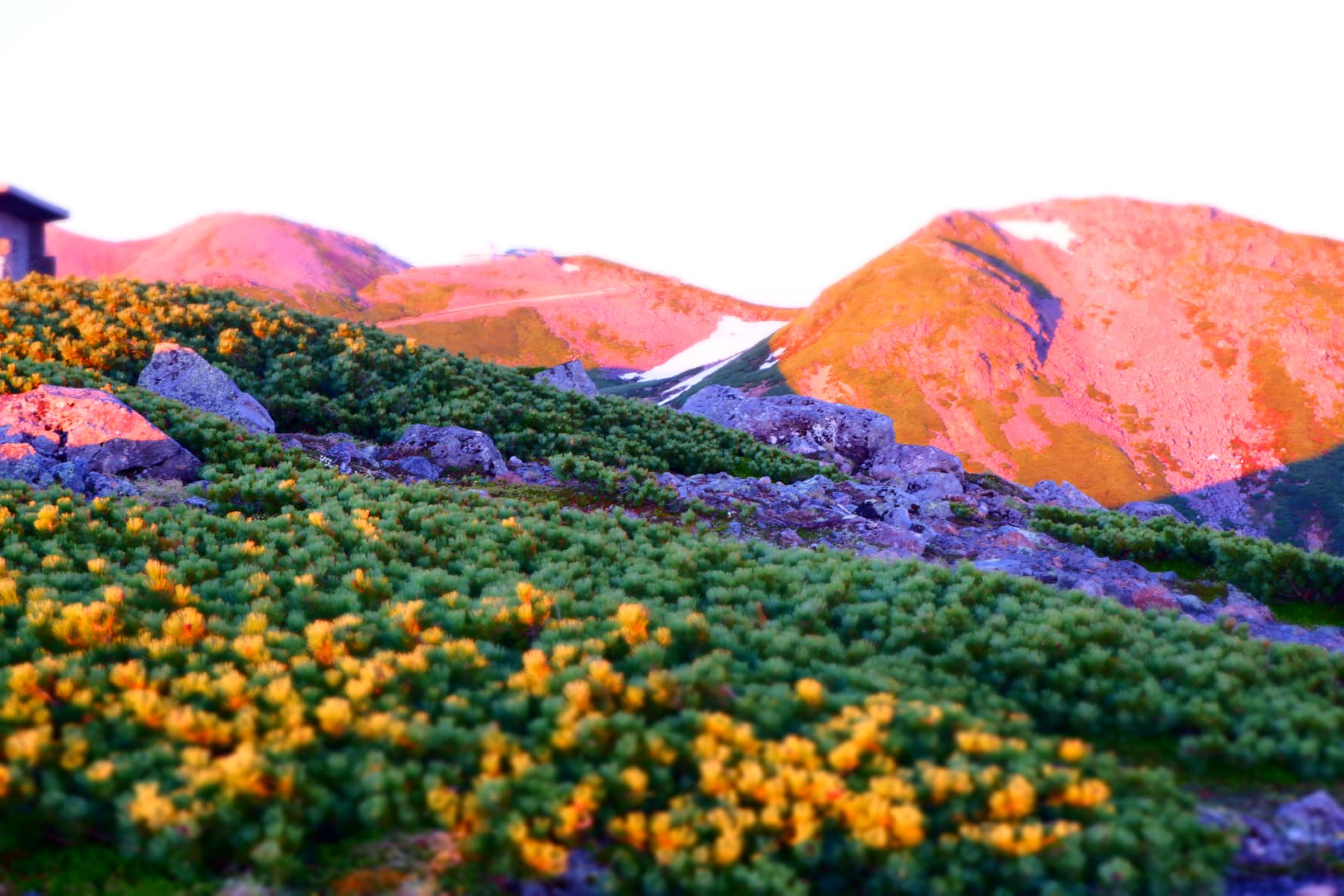
Views of the "Ocean Alps" and Northern Alps
From the summit, you'll be treated to a magnificent panoramic view of the Northern Alps.On exceptionally clear days, you might even catch a glimpse of distant Mount Fuji, adding another layer of wonder to this already incredible vista.
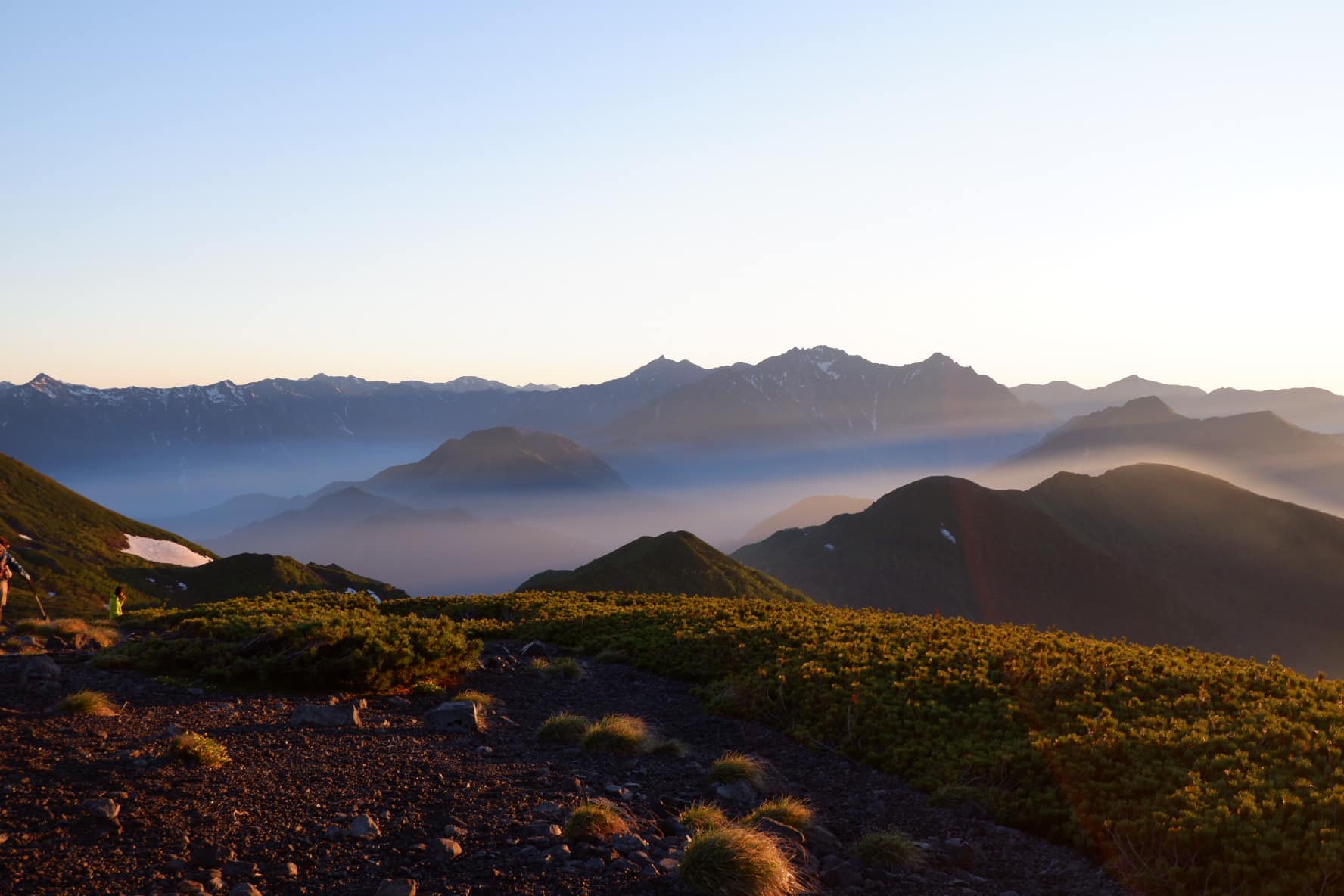
Mount Norikura Sunrise Hike 2-Day 1-Night Detailed Itinerary: Highlights of the Journey and Experience
A typical Mount Norikura sunrise hike often involves an overnight stay to ensure you catch the magical dawn. Here's a suggested itinerary:
Day 1: Arrival and Acclimatization
Afternoon Arrival at Norikura Kogen: Begin your journey by traveling to Norikura Kogen (Norikura Highlands).This area, at a lower altitude, is an excellent place to start acclimatizing to the mountain environment.
Bus to Tatamidaira: From Norikura Kogen, take a shuttle bus to Tatamidaira (2,700m).Note that private cars are restricted on the mountain roads.
Check-in at a Mountain Hut: Check into a mountain hut near Tatamidaira, such as Ginreiso (2,702m).Staying at this altitude allows your body to adjust, which is crucial for preventing altitude sickness.Enjoy a hearty dinner and prepare for your early morning adventure. The clear night sky at this elevation offers an incredible opportunity for
stargazing, with the "million-dollar night view" being a special treat for overnight guests.You might also interact with other hikers, sharing stories and excitement for the morning.
Day 2: The Miraculous Dawn and Descent
Early Morning Ascent to Kengamine: Your adventure begins in the deep pre-dawn darkness. With a headlamp illuminating your path , you'll embark on the final ascent to Kengamine (3,026m), Mount Norikura's highest peak. The hike from Tatamidaira to Kengamine takes approximately 90 minutes, covering an elevation gain of about 300 meters.The trail is rocky and gravelly, requiring careful footing.
Shoulder Hut (Kata-no-Koya): About 35 minutes into your climb from Tatamidaira, you'll reach Kata-no-Koya (2,765m).This is a crucial spot to take a break, hydrate, and allow your body to further acclimatize before the steeper sections.
Sunrise at the Summit: As you reach the summit or a designated viewpoint like Ohkurodake or Fujimidake (which are shorter, 10-20 minute climbs from Tatamidaira) , find your perfect spot. Witnessing the sun emerge from the cloud sea, painting the sky with vibrant colors, is an unforgettable moment. Capture this "miracle dawn" with your camera, but don't forget to simply soak in the experience.
Descent: After the sunrise, the descent offers a different perspective. The now-bright landscape reveals the stunning alpine flora and unique geological features you might have missed in the dark.Take your time, especially on the rocky sections, to minimize strain on your knees.
Physical and Mental Challenge: This journey involves night hiking at high altitude, requiring careful cold weather preparation and managing potential
sleep deprivation. However, overcoming these challenges to witness such a spectacular natural phenomenon brings an immense sense of accomplishment and a profound connection with nature.
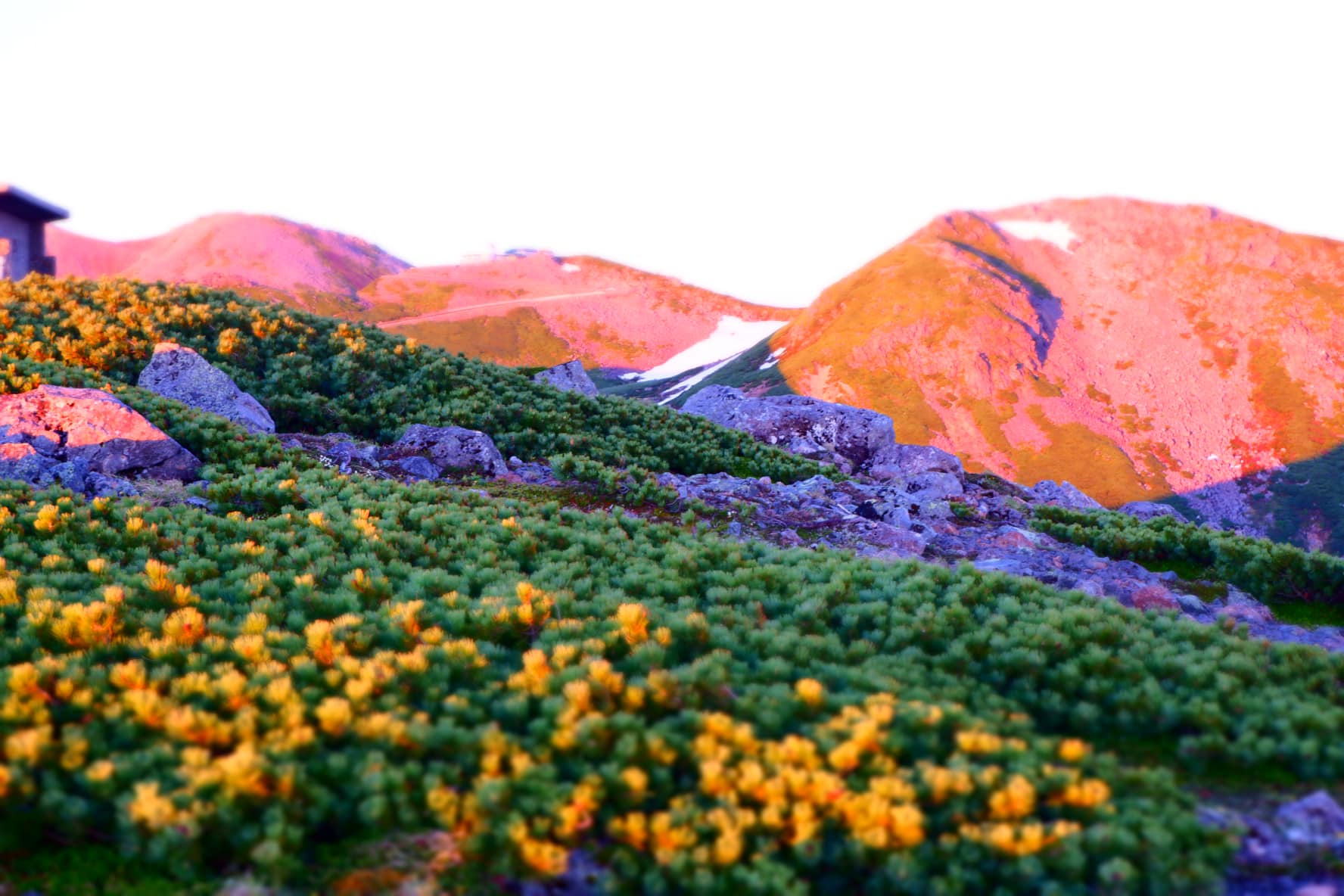
Why a "Guide" is Indispensable for Foreign Travelers: Safely and Deeply Experiencing the Sky's Dawn
While Mount Norikura is accessible, navigating a high-altitude sunrise hike in a foreign country presents unique challenges for international visitors. This is where a professional guide becomes invaluable.
Access Complexity and Time Constraints
Mount Norikura has strict my-car regulations, meaning private vehicles are prohibited beyond certain points.You must rely on public transportation, primarily buses.The early morning buses for sunrise viewing depart as early as 3:30 AM , requiring precise timing for transfers from your accommodation to the bus stop and then to the trailhead. Missing a bus can mean missing the sunrise or even being stranded, as roads are closed at night . Furthermore, some bus routes now require advance reservations with specific time slots.
Altitude Sickness and Health Management
Despite its "easy access," Mount Norikura is a 3,000-meter peak.Altitude sickness is a real risk, with symptoms like headaches and nausea.Night hiking adds to physical exertion, and managing your body's response to the thin air is crucial.A guide can help you monitor your condition and advise on proper acclimatization and hydration .
Night Hiking Safety
Hiking in complete darkness, even on well-maintained trails, requires careful route finding and ensuring footing safety.Trail markers and signs are predominantly in Japanese, posing a language barrier.In case of an emergency, knowing how to communicate and where to seek help is vital.
Appropriate Gear and Preparation
Even in summer, temperatures at the summit can drop below 15°C (59°F) at night, and strong winds are common.Understanding the need for proper cold-weather gear, including waterproof hiking boots, layers, and headlamps, is critical for safety and comfort.
Language Barrier and Information Gap
From making mountain hut reservations to understanding real-time weather updates and local guidelines, the language barrier can be significant. Detailed information tailored for foreign visitors is often scarce.
The Value of Your Guide (Ryoto)
This is where my expertise comes in. As your guide, Ryoto, I offer:
Perfect Logistics Arrangement: From access to Norikura Kogen, bus reservations, securing mountain hut accommodation, to optimizing your time, I will arrange and support everything.
Safety Management Professional: I prioritize your safety, providing expert support for night activities at high altitudes, altitude sickness prevention, weather judgment, and crisis management. You can focus on the sunrise with peace of mind.
Deep Nature and Culture Commentary: Beyond just the scenery, I'll share insights into the alpine flora, geology, and the stories of Japanese mountain worship, offering a deeper, more enriching experience than any guidebook.
Bilingual Support: Fluent in English and French, I ensure perfect communication throughout your journey.
Van Life Expertise: Leveraging my extensive experience and knowledge gained from van life adventures across diverse Japanese mountains, I will elevate this special sunrise hike into a truly profound and personalized experience.
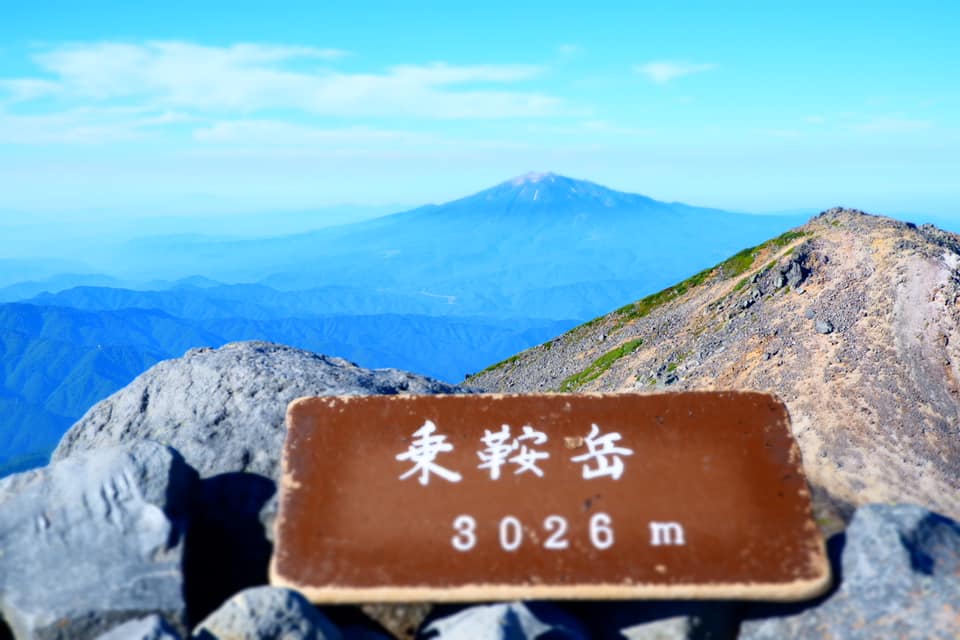
Tips for Visiting and Important Notes
Best Season
The optimal period for Mount Norikura's sunrise hike is summer, from late July to early September.During this time, alpine plants are in full bloom, and the weather is generally more stable . For the best stargazing experience, aim for the nights around a new moon, avoiding the full moon. The probability of seeing the sunrise is highest in August (81%), followed by July (63%) and September (54%) .
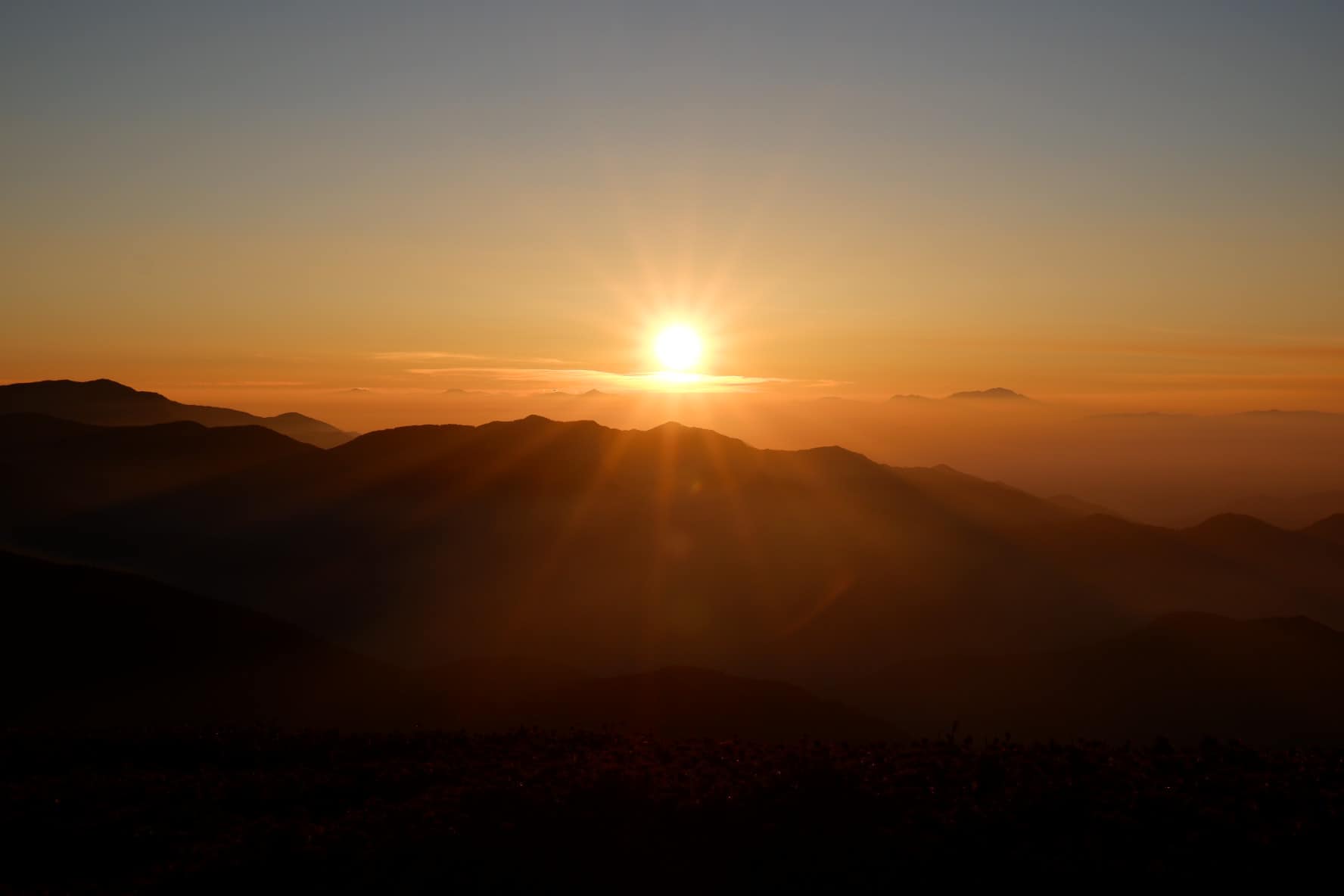
Required Equipment
Prepare thoroughly for high-altitude conditions, even in summer.
Footwear: Waterproof hiking boots (high-cut or mid-cut) are essential to prevent sprains and provide grip on rocky terrain.
Rainwear: A waterproof and breathable rain jacket and pants are crucial for sudden weather changes.
Warm Clothing: Layers are key. Bring a fleece or down jacket for warmth, especially for the pre-dawn wait at the summit where temperatures can drop below 15°C (59°F) even in August.
Headlamp: Absolutely essential for navigating in the dark.
Backpack: A 20-30 liter backpack is suitable for a day hike, with a waist belt for comfort.
Food & Water: Carry at least 1 liter of water for hydration, crucial for altitude sickness prevention.Bring energy-rich snacks.
Other Essentials: Hand warmers, gloves, and a hat (a knit hat for colder months) are highly recommended.Sunglasses and sunscreen are also important due to strong UV radiation at high altitudes.
Mountain Hut Reservations
If you plan to stay overnight at a mountain hut like Ginreiso, reservations are essential, especially on weekends.
Physical Fitness and Altitude Sickness Prevention
While accessible, it's still a 3,000-meter mountain. Engage in prior physical conditioning and plan your hike at a comfortable pace . Be aware of altitude sickness symptoms (headache, nausea) and do not push yourself if they appear. The "golden rule" for altitude sickness is "DOWN, DOWN, DOWN" – descend immediately if symptoms worsen.Consider staying overnight at Norikura Kogen (around 1,500m) for acclimatization before heading to Tatamidaira.
My-Car Regulations
Remember, private cars are not allowed to Tatamidaira.You must use the designated shuttle buses or taxis from Norikura Kogen (Nagano side) or Hounoki-daira/Akandana parking lots (Gifu side).
Conclusion
Mount Norikura's sunrise hike redefines accessibility, offering a truly miraculous experience of a sacred dawn and a sky full of stars from a 3,000-meter peak. It's an opportunity to witness nature's grandeur in a way that will deeply move your spirit.Why not purify your mind and body by experiencing an unforgettable dawn on Japan's sacred mountain?For foreign travelers, planning a Mount Norikura sunrise hike can be challenging due to complex logistics, high-altitude safety, and language barriers. That's where I, Ryoto, come in. I will ensure your Mount Norikura sunrise hike is safe, seamless, and truly unforgettable. I'll plan and guide a completely customized mountain adventure tailored to your skills and desires. Let's create an inspiring and lasting memory amidst this celestial landscape!